Trackmarks uncovered

In 2009, researchers uncovered track marks made by Triassic era marine reptiles. Here, students and farmers help excavate the track marks made by paddle-limbed creatures called nothosaurs 245 million years ago.
Long-standing debate
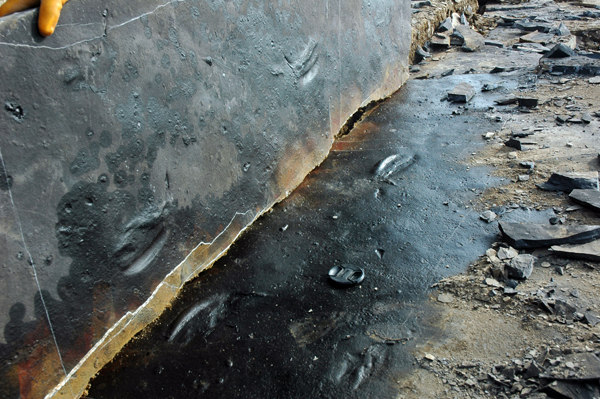
The tracks could help resolve a long-standing debate: how nothosaurs swam.
Rowing limbs
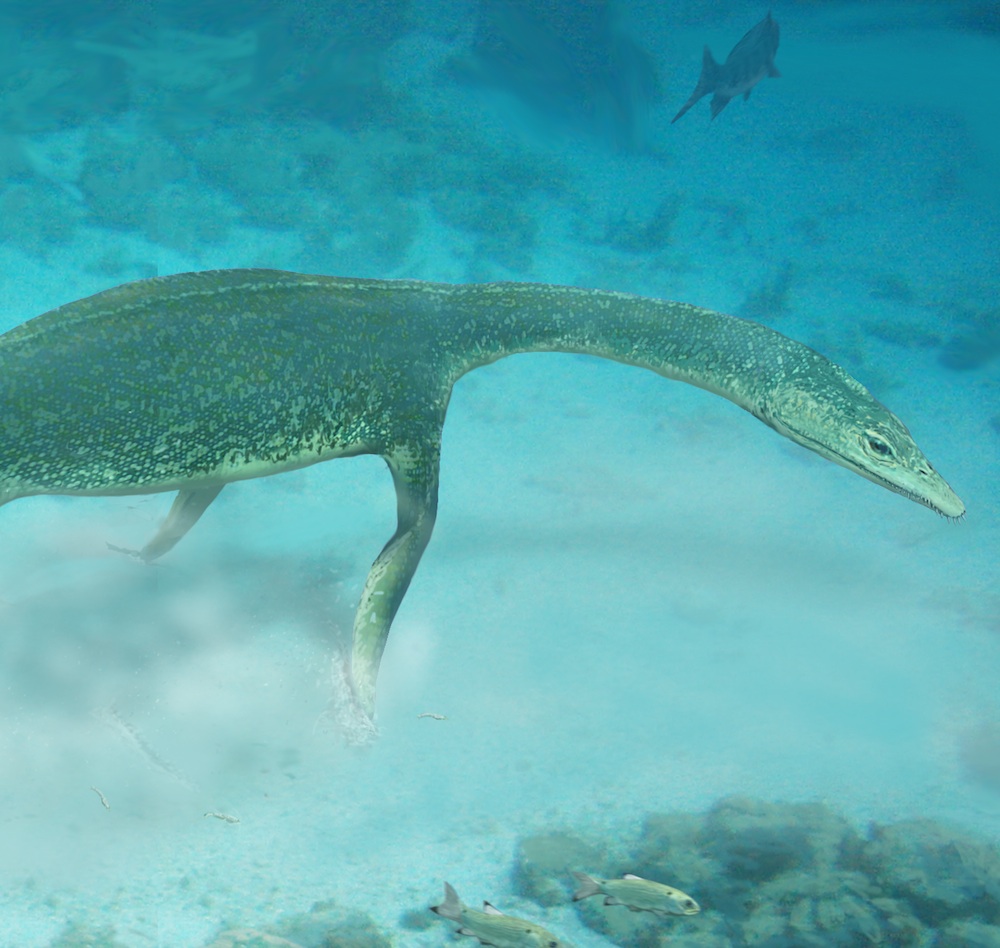
The new analysis shows the nothosaurs, like the Lariosaurus shown here, probably used a rowing motion.
Tasty snack
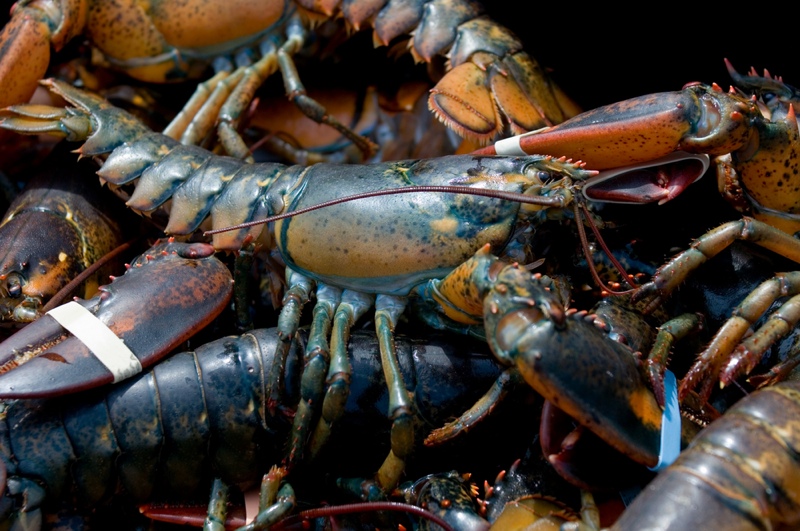
Nothosaurs probably ate the lobster and fish that dwelled on the seabed surface, and their paddle-like rowing dredged them up from the soupy sediments.
Ancient sea monster
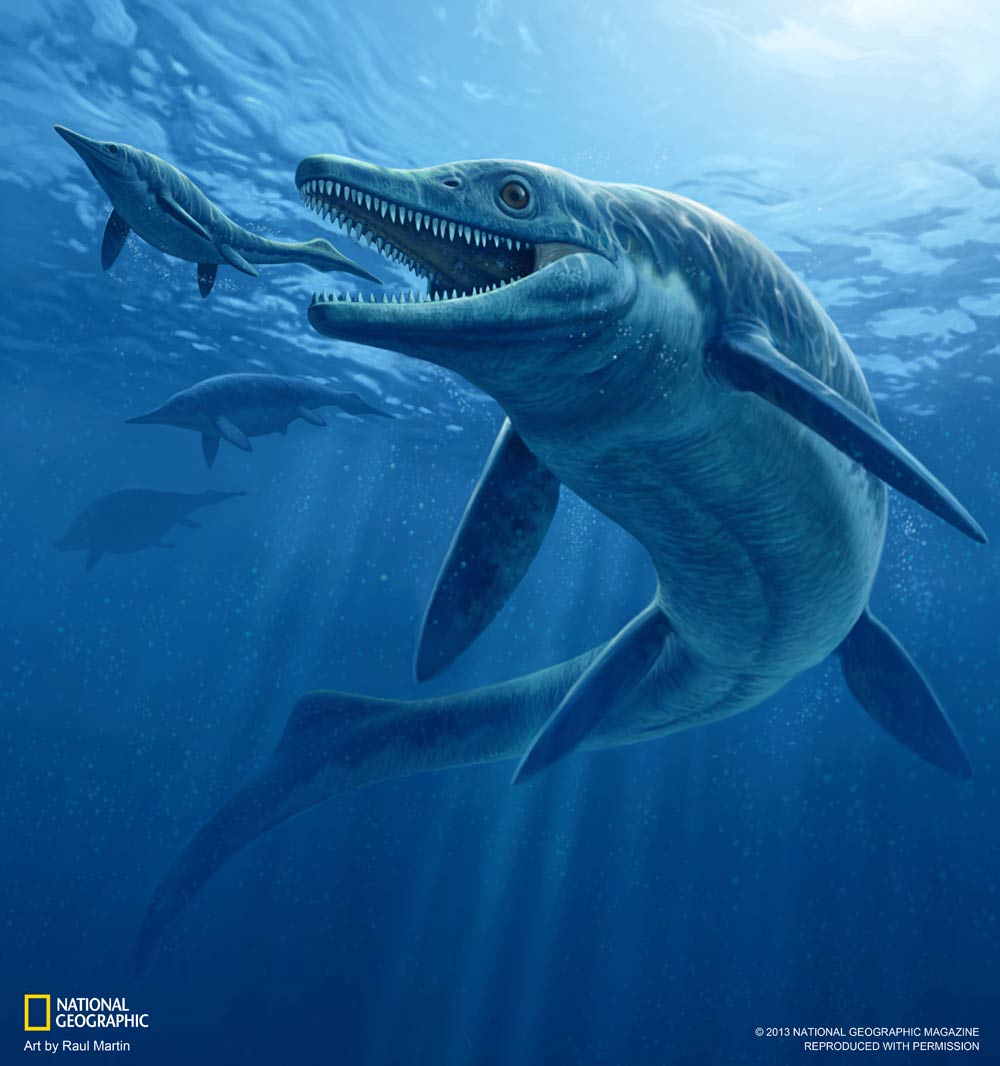
The researchers ruled out other sea creatures, such ichtyosaurs and other marine reptiles based on size and anatomy.
Other monsters
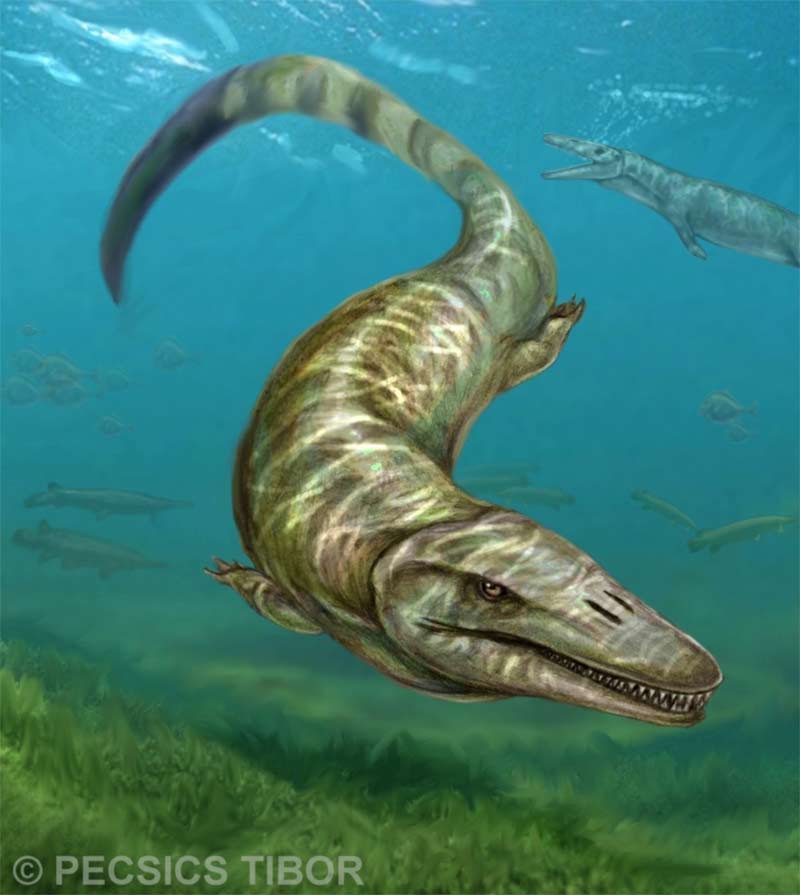
Nothosaurs could range from 13-feet long to a measly 2-feet long. For comparison, mosasaurs that terrorized the sea during the Cretaceous Era (pictured here) were 20 feet (6 meters) long.
Get the world’s most fascinating discoveries delivered straight to your inbox.

Tia is the editor-in-chief (premium) and was formerly managing editor and senior writer for Live Science. Her work has appeared in Scientific American, Wired.com, Science News and other outlets. She holds a master's degree in bioengineering from the University of Washington, a graduate certificate in science writing from UC Santa Cruz and a bachelor's degree in mechanical engineering from the University of Texas at Austin. Tia was part of a team at the Milwaukee Journal Sentinel that published the Empty Cradles series on preterm births, which won multiple awards, including the 2012 Casey Medal for Meritorious Journalism.
 Live Science Plus
Live Science Plus





